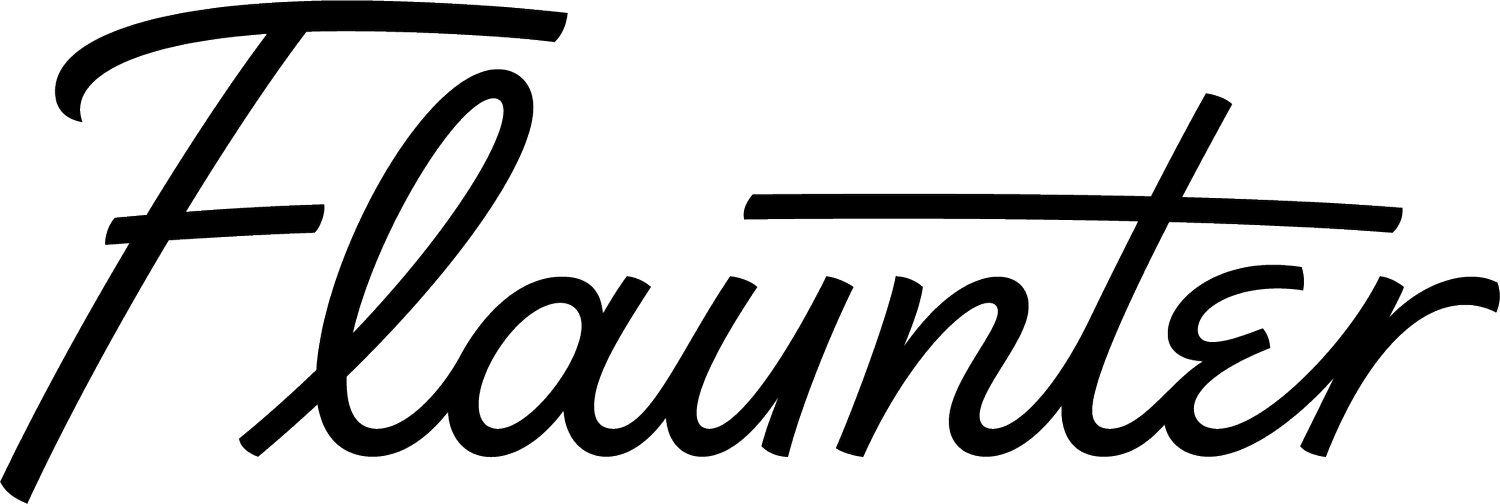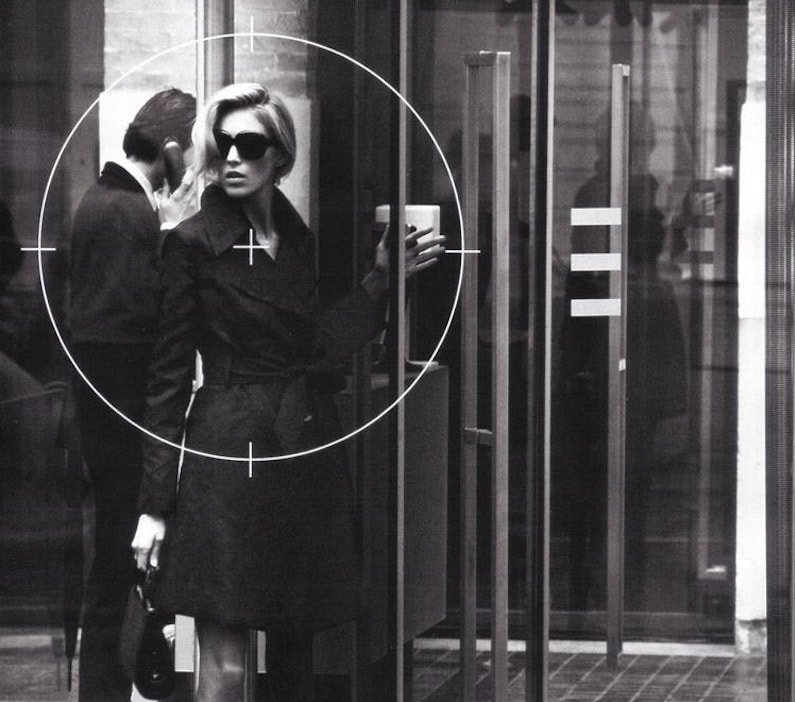How To Have a Great Relationship With an Online Editor
“The internet never sleeps” is a common, if not unfortunate, phrase thrown around by anyone who works in digital media – but it’s a good ethos to keep in mind when reaching out to content producers and writers or editors who work predominantly online. In my experience working as a digital editor, the PRs who I’ve come to rely on, and form meaningful working relationships with, have an understanding of the unique requirements of creating great online content. And many of them actually make my job easier.
Here’s a list of easy things brands and publicists can do (or not!) to help build lasting and mutually beneficial relationships with digital content producers, online editors and writers:
Stalk them
This sounds a bit creepy, but doing your research on the individual, their role, the kind of content they create, and their publication – including both the website and its social channels can really help turn the first meeting into a real professional friendship. Take notice of any topics or issues they cover consistently and try to identify what they’re doing differently to their competitors. If the editor feels like you understand their professional MO, it will make any conversation you have more meaningful and aid cut-through for your brands. Look for hashtags, common themes in their content and imagery, the contributors they use, and their general tone online.
Event etiquette
Most online editors sadly don’t have time in their day to attend a launch if it entails an hour seaplane flight followed by a three-hour long lunch, followed by a scenic drive back to the office – no matter how delightful that sounds. Bloggers and influencers may have more control over their schedule and deadlines as they’re self-employed, whereas content producers from online publishers do not and are often beholden to early morning news meetings, content output targets and hard deadlines. Make events short, and in venues that are easy to get to. Provide transport if you can, as many publications now baulk at reimbursing editors for pricey cab fares. Schedule it either as the first or last thing in the day (middle-of-the-day events wreak havoc on productivity), and be sure to provide some useful reason for their attendance – either by way of breaking news, an interview and/or social media opportunities.
Don’t dial
Don’t call them on their mobile. Or text them. Ever. Unless it is a legitimate emergency and that is the only way you can get a hold of them. You’ll just end up pissing them off (no matter how charming you are) by further blurring the lines between their private and professional life. And online editors, more than most, have enough of that already.
Get face to face time
Digital content producers and editors are inundated by a plethora of email intros and online pitches from anonymous sources every day, so if you can get the recipient to connect your face to your email address you’ll be well ahead of the pack. Show them that you’re serious about establishing a mutually beneficial working relationship by suggesting a time and place convenient to them, don’t take up more than 20 minutes of their day, and don’t be late.
Press pause on generic gifting
I know, this is controversial, but sending the same cookie-cutter press pack of frosted cupcakes along with a press release and bunch of balloons does not guarantee you any cut-through. Online editors are far less likely to post pictures of these sorts of things to their title’s social media than ever before, simply because the concept isn’t that new and their followers aren’t surprised or delighted by these PR ploys. The exception to the rule is if the cupcakes/donuts/cronuts/cakepops/macarons/raw desserts/giant cookie/cheese board is SO beautiful, or SO large, or have been completely customised to that title, that it warrants documentation. But this is rare. Following up your delivery with a ‘we’d love to see a social post…’ email only lessens your chances to getting coverage, and it comes across as presumptuous. Remember the editor never asked for a delivery of those 12 identikit cupcakes; the majority of which will probably end up in the bin at the end of the day.
Give them something useful
Find out what topics or kinds of content perform best for their title, and give them more of this. Go back to your brands and see what exclusive content they can offer different online publications, and tailor your pitches. It might be additional data or statistics, it might an exclusive piece of news, or perhaps content written by someone within the brand – like a first-person essay or listicle. If you can help them to create trafficking content that their audience really responds to, you’ll be their new bff.
Deadlines matter
Always ask what the editor’s deadline is – and if you can’t realistically meet it, tell them. You’ll go a long way by being honest. It’s much easier for an editor to rejiggle a content publishing schedule with a day’s notice rather than having to scramble a replacement story together at the last minute because a PR didn’t send the quote/high-res image/RRP through when they promised they would. Not managing an editor’s expectations is a one-way ticket to them never relying on you for content in the future.
//
Words: Alison Izzo, digital managing editor for Cosmopolitan, ELLE and Harper’s BAZAAR Australia. Follow Alison on Instagram here.
Images: Anja Rubik photographed by Ellen von Unwerth for Vogue Italia; Beyoncé ‘Telephone’; Donuts by Adam Voorhes and Robin Findlay





